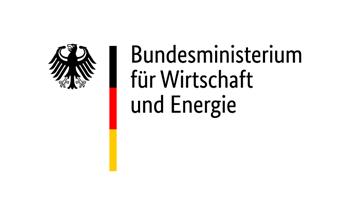ECHO
ECHO is a layered, spectrum-resilient drone ecosystem that combines real-time spectrum intelligence, collaborative spatial awareness, and a hardened ground unit (“Hive”) into one integrated architecture.
Layer 1 – On-drone edge: Each UAV carries lightweight DSP detectors (energy detection, spectral kurtosis, occupancy, cyclostationary features) and compact ML models (CNN→GRU) for anomaly detection. Radios implement local FHSS/DSSS, seeded by the Hive, to ensure communication pipelines survive jamming or spoofing without external coordination. Drones also run a spatial awareness layer (vision, LiDAR, UWB, IMU fusion) for mapping, navigation, and autonomy in complex or GPS-denied conditions. Autonomy ML agents also handle navigation, obstacle avoidance, and drone role switching (Scout, Sniffer, Relay, Decoy).
Layer 2 – Hive: A protected storage and deployment unit that shields drones and compute hardware from environmental and electronic warfare (ELOKA) attacks. It hosts wideband SDR-based spectrum monitoring, heavy ML classification, AoA/TDOA localization, Quantum Random Number Generator (QRNG) -driven hopset orchestration, and policy-controlled countermeasures (deception, adaptive jamming, RF camouflage). The Hive also fuses drone vision and LiDAR into a shared global map and redistributes it to the swarm.
Together, drones and Hive form a hive-mind architecture: drones maintain minimal function independently, while the Hive provides orchestration, spatial fusion, and advanced countermeasures. Peer-to-peer fallback ensures resilience if Hive connectivity is degraded.
ECHO is modular and dual-use: applicable to both defense resilience and civilian autonomous systems
Track
We are applying for the Moonshot Track, as our solution aims for a high-risk, high-impact leap in drone resilience and coordination, pushing beyond incremental improvements into novel architectures for contested spectrum warfare.
At its core, ECHO is a moonshot concept: a layered architecture that unites swarm autonomy, resilient communications, and spectrum intelligence into a self-healing, distributed system. In this vision, drones are not isolated platforms but intelligent, cooperative agents that sense, adapt, and counter adversarial spectrum attacks in real time.
However we do intend to demonstrate two layers of the whole system for the practical track.
Practical Track demonstrations provide stepping stones toward this future. For December, ECHO will showcase:
Minimal Swarm Coordination – a small-scale proof of collaborative UAV navigation and mapping. Multiple drones will share visual and positional data, stitch bird’s-eye imagery and use UWB trilateration for positioning. This forms the foundation for scalable swarm autonomy and situational awareness under degraded conditions.
DSP + ML Spectrum Analysis Station – a ground-based SDR solution that combines classical DSP methods (energy detection, spectral kurtosis, occupancy analysis, cyclostationary features) with lightweight ML models (CNN→GRU anomaly classifiers).(DSP for deterministic triggers + ML for advanced classification). The station detects and classifies jamming, spoofing, and flooding activity, cross-validates detections, and raises alerts in real time. This represents the first deployed layer of spectrum intelligence, laying the groundwork for Hive-based orchestration and drone-level defense.
In short: the way to defend against drones is by deploying more intelligent spectrum/spacial aware drones — networked through Hive into a resilient, spectrum-dominant ecosystem.
See protected attachement.
See protected attachement.
See protected attachement.
See protected attachement.
See protected attachement.



